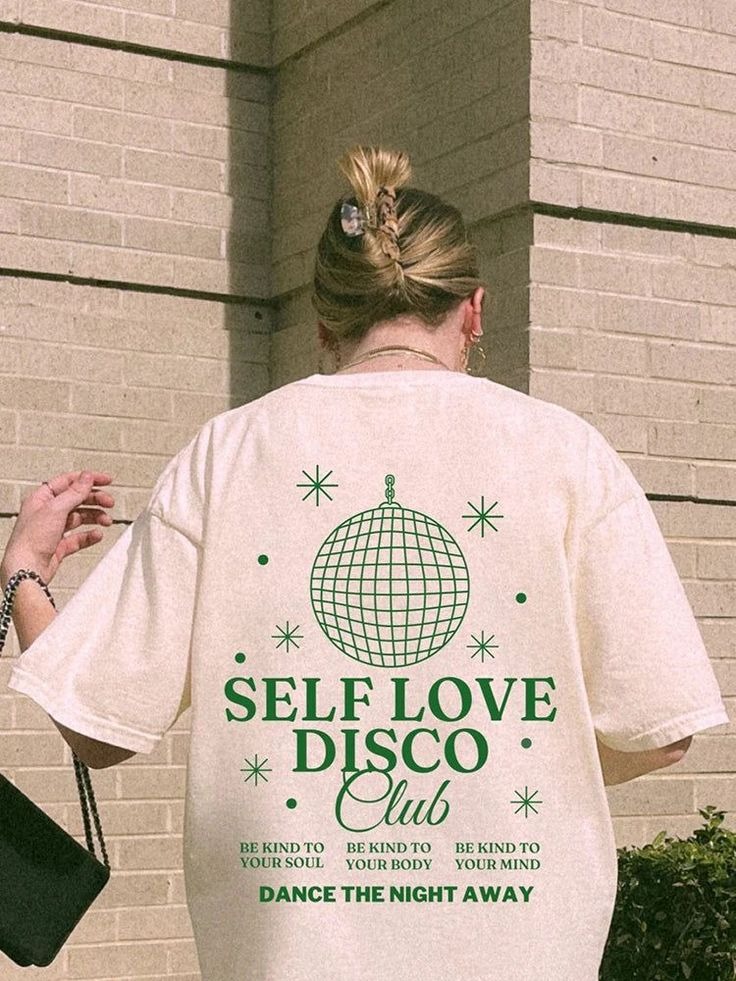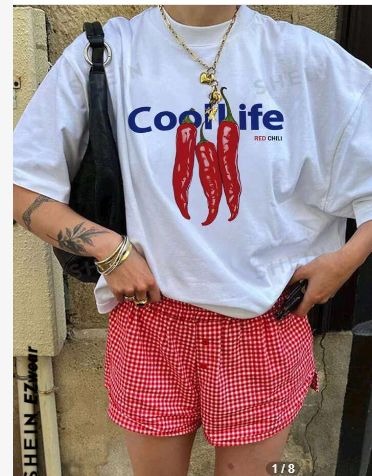From its humble beginnings as an undergarment to its current status as a global fashion staple, the T-shirt has transcended boundaries of class, culture, and creativity. Its simple silhouette, comprised of a torso-length body and short sleeves, belies the depth of its influence upon society and self-expression. Across decades and continents, this unassuming garment has become a canvas for personal identity, a unifier in protest and solidarity, and a beacon of innovation in sustainable design. In exploring the journey of the T-shirt, one discovers not only the evolution of a piece of clothing but also reflections of cultural shifts, technological advances, and the enduring human desire for comfort and meaning.
The origins of the T-shirt trace back to practical demands for lighter, more breathable undergarments worn beneath heavy outerwear. Early iterations emerged in the late nineteenth century, when workers and laborers prized comfortable fabrics that could withstand daily toil. Cotton knit shirts with short sleeves offered an appealing alternative to the starched, constricting garments of formal attire. By the dawn of the twentieth century, navies around the world recognized their utility, issuing crew members with these simple cotton shirts to wear aboard ships under harsh conditions. It was through this military adoption that the garment acquired its familiar name, evoking the letter formed by its shape when laid flat. Yet beyond naval decks, the shirt awaited a moment of cultural alchemy that would elevate it from mere underwear to a global phenomenon.
That transformative moment arrived with the rise of cinema and celebrity culture. On-screen icons captured the imagination of audiences when they appeared in casual attire, inadvertently ushering the T-shirt into public view. As actors lounged or labored in these comfortable garments, fans sought to emulate their idols, and retailers began offering ready-to-wear knit shirts in an assortment of colors and cuts. The shirt’s malleability in style—worn snug or loose, tucked or untucked—allowed individuals to craft distinct looks with minimal effort. It became a symbol of rebellion, comfort, and laid-back cool. Soon after, artists and activists seized upon the shirt’s blank canvas to broadcast messages, emblazoning their ideals upon its front. In doing so, they cemented the T-shirt as a vehicle for personal and political expression.
Over the decades, the T-shirt assumed countless forms, shaped by trends in textile manufacturing and graphic design. From hand-stenciled band logos of the concert circuit to photo-realistic prints achieved through screen printing, the shirt reflected the zeitgeist of each era. Technological advances in digital printing democratized access, enabling small designers to produce limited runs without the high costs associated with traditional methods. At the same time, innovations in fabric science introduced blends of cotton and synthetic fibers that enhanced durability, moisture wicking, and stretch. The result was a garment that not only looked fresh but also performed under diverse conditions, from high-intensity workouts to languid days at home.
Beyond its practical virtues, the T-shirt has served as a mirror to society. During periods of social upheaval, protestors adopted bold slogans and striking imagery on their shirts to rally support and challenge authority. Charitable organizations leveraged custom tees to raise awareness and funds for causes ranging from environmental preservation to humanitarian relief. Universities distributed shirts to incoming students as symbols of belonging, marking the transition from outsider to member. Corporate brands used the shirt as a walking billboard, plastering logos and taglines on the chests of customers to foster recognition and loyalty. In every instance, the garment forged connections between wearer and message, turning commonplace attire into a powerful communicative tool.
In recent years, rising concerns over environmental impact and labor conditions have prompted a reevaluation of the T-shirt’s lifecycle. Traditional cotton cultivation demands substantial water and pesticide inputs, while mass production facilities sometimes operate with minimal oversight, leading to exploitation and pollution. In response, designers and manufacturers have embraced organic fibers, recycled materials, and closed-loop production techniques. Innovative dyes derived from plant sources replace harsh chemicals, and digital printing reduces water usage when compared to conventional methods. Simultaneously, transparent supply chains have emerged, offering consumers information about the origin of each garment and the fair wages paid to workers. This shift toward ethical production reflects a broader awareness that style need not come at the cost of people or planet.
The evolution of the T-shirt extends beyond its physical composition into the realm of virtual expression. Digital fashion platforms allow users to customize and wear virtual shirts in online environments, from social media avatars to immersive gaming worlds. Non-fungible tokens grant ownership of unique digital designs, while augmented reality apps enable shoppers to preview how a shirt might look on their own bodies before purchase. These technological frontiers redefine what it means to “wear” a shirt, creating hybrid experiences that blend physical and digital realities. Yet even as virtual iterations multiply, the tangible allure of soft fabric against skin remains paramount, anchoring the T-shirt’s legacy in tactile comfort.
Within high fashion ateliers, designers continue to reinterpret the T-shirt, pushing boundaries of couture craftsmanship. Luxurious fabrics such as silk-cotton blends and cashmere knits appear in elevated silhouettes with draping and embellishments once reserved for formal wear. Collaborations between heritage brands and streetwear labels have spawned collector’s editions, trading exclusively through pop-up events and online drops. These intersections manage to uphold the shirt’s democratic spirit while elevating it to an object of desire for connoisseurs. In doing so, they reaffirm that even the most basic garment retains the capacity to surprise and delight when approached with creativity and respect for tradition.
The T-shirt’s influence also resonates in the realm of art. Galleries and museums host exhibitions devoted entirely to graphic tees, chronicling their design evolution and societal impact. Artists experiment with fabric as medium, incorporating cut-and-sew techniques into installations and sculptures. Photographers document the role of the shirt in everyday life across continents, capturing candid moments that reveal its universal presence. These explorations underscore the garment’s status not only as clothing but as cultural artifact, worthy of scholarly attention and aesthetic appreciation.
As we gaze into the future, the trajectory of the T-shirt suggests further transformation. Bioengineered textiles promise shirts that regulate body temperature, absorb pollutants, or even generate energy. Smart garments woven with conductive fibers may interface with devices to monitor health metrics or respond to environmental stimuli. Customization technologies could one day allow consumers to download designs on demand, reducing the need for inventory and minimizing waste. Yet amidst these advancements, the essential qualities that endeared the T-shirt to generations—the simplicity of form, the immediacy of expression, and the singular comfort of cotton—will continue to define its enduring appeal.
The T-shirt’s story is a testament to the power of minimalism and adaptability. What began as a utilitarian undergarment evolved into a symbol of self-expression, a canvas for art and activism, and a laboratory for technological innovation. Its journey weaves through military barracks, Hollywood backlots, protest marches, and high fashion runways, illustrating the garment’s remarkable capacity to transcend boundaries. In an ever-changing world, the T-shirt endures as a constant companion, offering comfort to the body and a voice to the spirit. As trends rise and fade, it remains a quiet yet potent reminder that true style springs not from extravagance but from authenticity.




Leave a comment